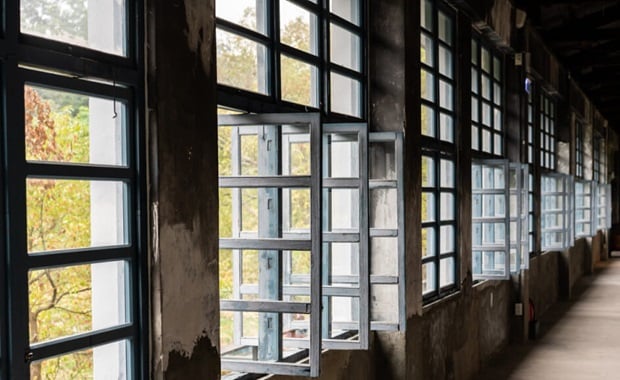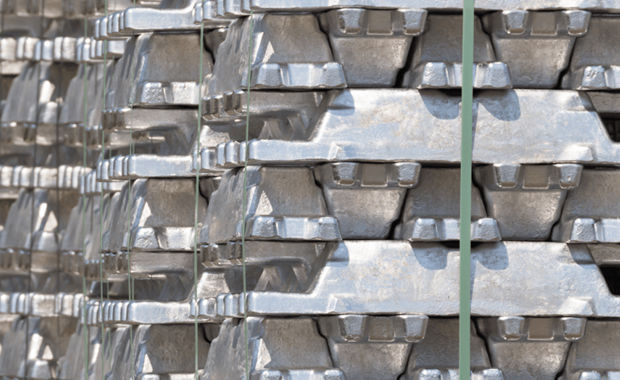 Article
Article
A brief history of aluminium - A journey through time
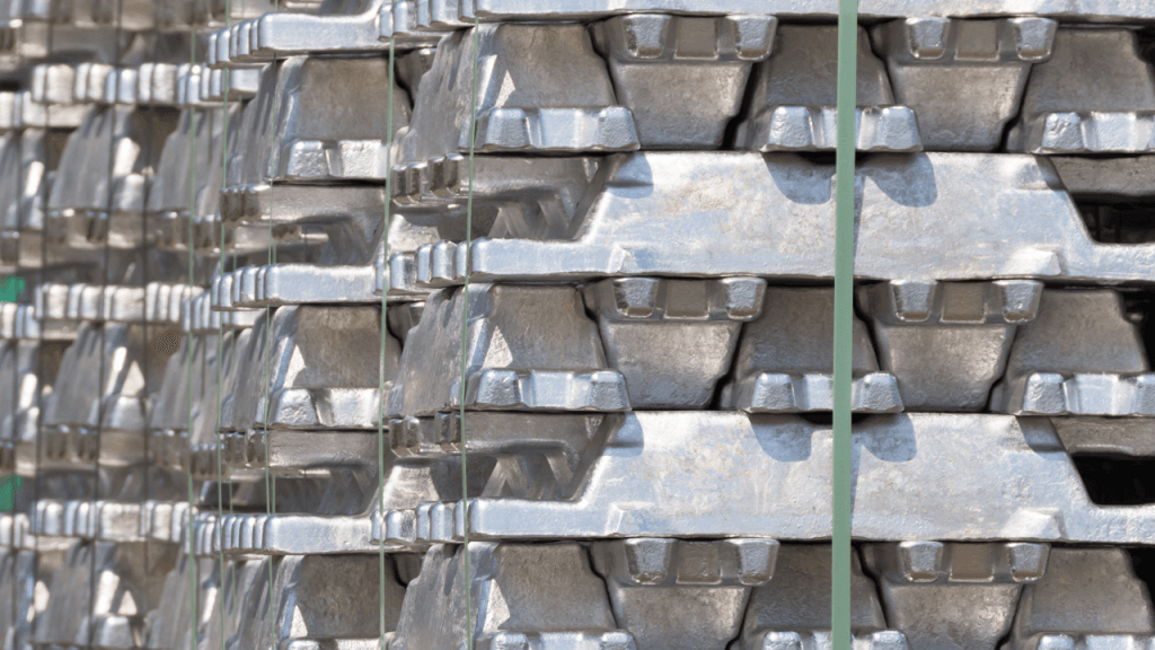
Aluminium - A journey through time
When Sir Humphry Davy stated his belief in the existence of a metal called aluminium (he used this name as the element was derived from its oxide, "alumina") in the distant 1808, he probably did not imagine the evolution of his statement up to our days. Davy's original prediction came true in 1825, when Danish physicist Hans Christian Ørsted succeeded in producing aluminium for the first time, marking the beginning of its history.
This was a pivotal moment that changed everything, profoundly influencing daily life in countless ways. Essentially, Ørsted isolated pure aluminium using aluminium chloride and a potassium amalgam. He achieved this by heating the aluminium amalgam under low pressure, leading to the successful production of the first form of aluminium.
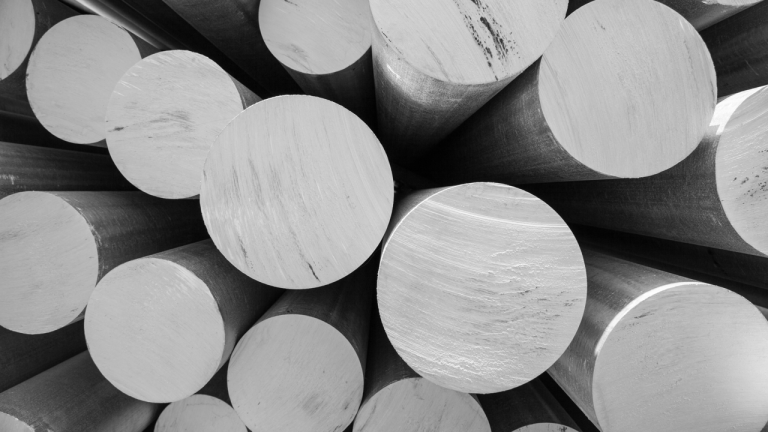
What is aluminium and what was its use in antiquity
Aluminium is one of the most important materials used by mankind and one of the most abundant elements in the earth’s crust. 8% of the earth's solid crust is made aluminium and it is found in over 270 minerals. The main source for the industrial use of aluminium is bauxite, a sedimentary rock, a mixture of metallic oxides. Bauxite was named after the discovery of deposits near the village of Les Baux by Pierre Berthier.
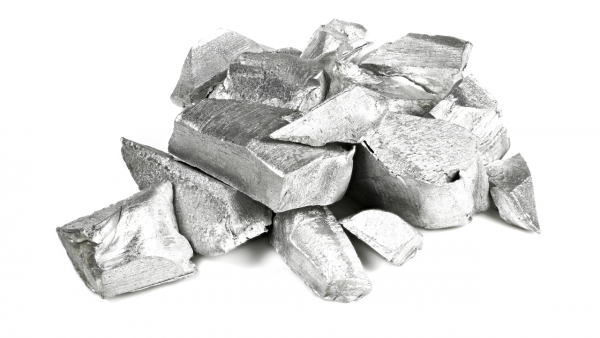
In ancient times, Greeks and Romans were already using aluminosilicate compounds in pottery. The first recorded reference to aluminium - the original form that existed in nature and could be accessed in antiquity - was by Herodotus in the 5th century BC. The ancients also used it in textiles, medicine, and to strengthen their fortifications by painting it on wood.
The mass production of aluminium
Up to our days and the massive production of aluminium, there were many steps that determined the course of the metal. Aluminium is a metal that is easy to process and with the know-how that people acquired over the years, they managed to develop it, reaching its wide potential. As mentioned above, the source of aluminium is bauxite. To be economically viable, bauxite needs to have an alumina content of more than 55%. Electrolysis is the process that produces what we refer to as primary aluminium.
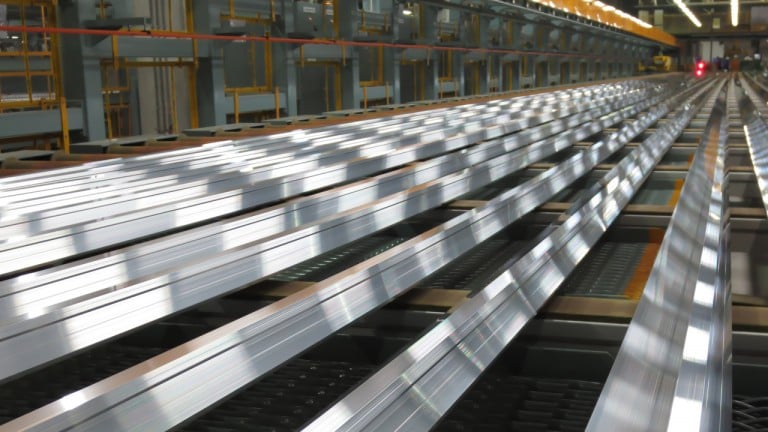
Another method of producing aluminium is through the remelting or re-casting of so-called aluminium scrap — pieces that have already been used (such as parts from old aluminium frames, drink cans, car components containing aluminium, etc.). The result of this process is the production of secondary aluminium, which retains all the excellent characteristics of primary aluminium.
It is worth noting at this point that the metal’s capacity for a multitude of treatments without losing its characteristics means it has enormous flexibility in its uses. Furthermore, aluminium's wide variety of alloys has contributed to its extensive use not only in industry but also in aeronautics.
The age of aluminium
For many, we are living in the age of aluminium. This versatile material is present in nearly every aspect of our daily lives. From large-scale construction to transportation, and from aluminium frames to electronic devices and product packaging, aluminium is everywhere making our life easier. In addition, it is a 100% recyclable metal, which has a positive effect on the fight for a better environment. Especially today, with a global push to reduce our environmental footprint, aluminium meets all the necessary requirements. Retaining its characteristics and able to undergo repeated rounds of recycling that extend its life cycle, aluminium is a "green" metal suitable for a multitude of applications.
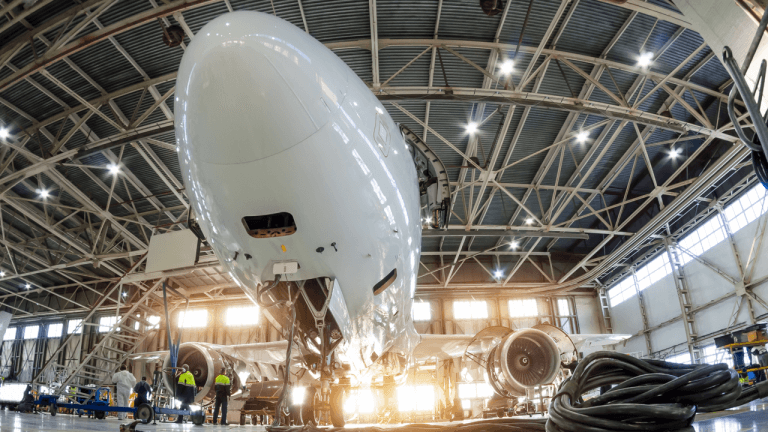
Humanity as we know it today wouldn’t be the same without the metal that Sir Humphry Davy spoke about in the early 19.th century.
We owe much to those who have contributed to its adoption, transforming the course of modern history. The values of sustainability and the circular economy make aluminium more relevant and useful than ever!


